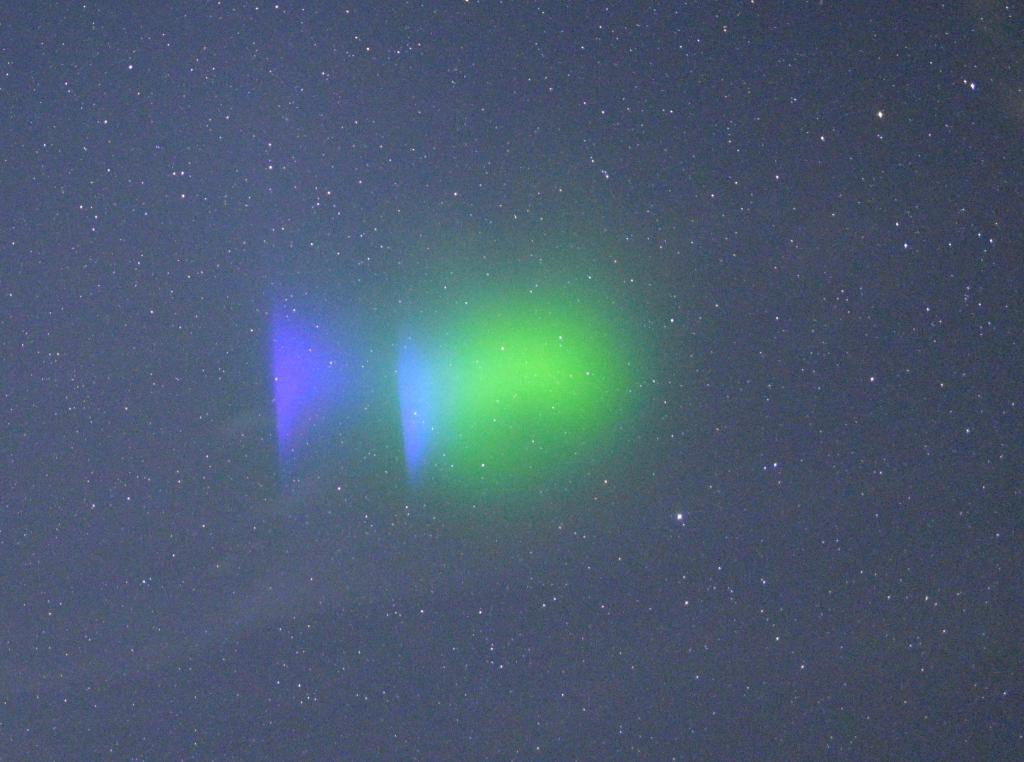
We don’t usually cover suborbital launches here on Rocket Roundup, but we do make an exception if the mission is notable, and the KiNET-X launch is one such notable mission. On May 16 at 00:44 UTC, NASA launched a Black Brant 12 sounding rocket from the Wallops Flight Facility in Virginia. The launch had been delayed several times and the sixteenth was the last date the mission could launch during this launch window.
Most of the delays were due to weather at a ground observation site in Bermuda, but one was because the rocket was damaged by a collision with part of the structure on the launch pad on May 12.
So why launch a sounding rocket instead of a regular rocket? Some small experiments only need to experience microgravity or no atmosphere for a very brief period of time — usually just a few minutes. A sounding rocket can provide those brief trips to space for a fraction of the cost of launching a larger rocket.
Before I talk about the science on board, let’s go over the rocket specs. This particular sounding rocket, the Canadian Black Brant 12, is a four-stage rocket that is essentially four smaller rockets stacked atop each other: a Talos first stage, a Terrier second stage, a Black Brant third stage, and a fourth stage which was purpose-built as a sounding rocket stage. (The rocket motors from the other three stages were derived from missiles.)
Onboard the four-stage rocket was KiNET-X, short for the KiNETic-scale energy and momentum transport eXperiment.
KiNET-X is investigating how the Earth’s aurora gets its high-energy particles. According to payload Principal Investigator Peter Delamere, the solar wind is made of low-energy particles, and it is currently unknown how the high-energy particles in the aurora get their energy. Smithsonian physicist Jonathan Mcdowell likens the experiment to an electrocardiogram for space plasma. (If you’re unfamiliar with an electrocardiogram, they are used to measure your heart’s rhythm and electrical activity.)
Because we can’t physically connect an electrocardiogram to space plasma, KiNET-X investigated this connection by deploying two barium vapor canisters to light up the night sky. The glowing is actually pretty important: the barium allows us to see the way high-energy electrons travel through the magnetic field lines. Along with the barium vapor, several other payloads were deployed by the sounding rocket. Instruments on these payloads, as well as instrumentation on the rocket, measured the electric and magnetic fields. In addition to onboard and deployed instruments, the barium vapor was observed from a site in Bermuda.
That ionized barium vapor also provided quite a visual show to viewers in the eastern United States and Canada. Because of peculiarities in the Earth’s magnetic field above Virginia and the surrounding area, the ionized cloud spread out into short trails of visible violet light for about thirty seconds, like purplish streamers. According to NASA, the human eye is not very sensitive to violet when dark-adapted, so the colors showed up better in photographs and appeared as violet and green clouds, almost like a miniature aurora.
More Information
NASA Wallops May Rocket Launch Exploring Energy Transport in Space (NASA)
Black Brant 12A info page (Gunter’s Space Page)




 Join the Crew!
Join the Crew!
 Escape Velocity Space News
Escape Velocity Space News
0 Comments